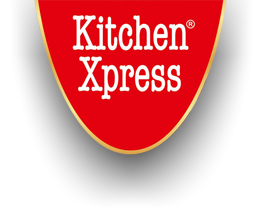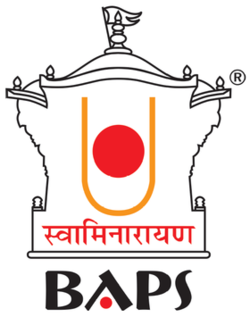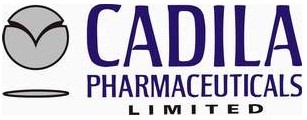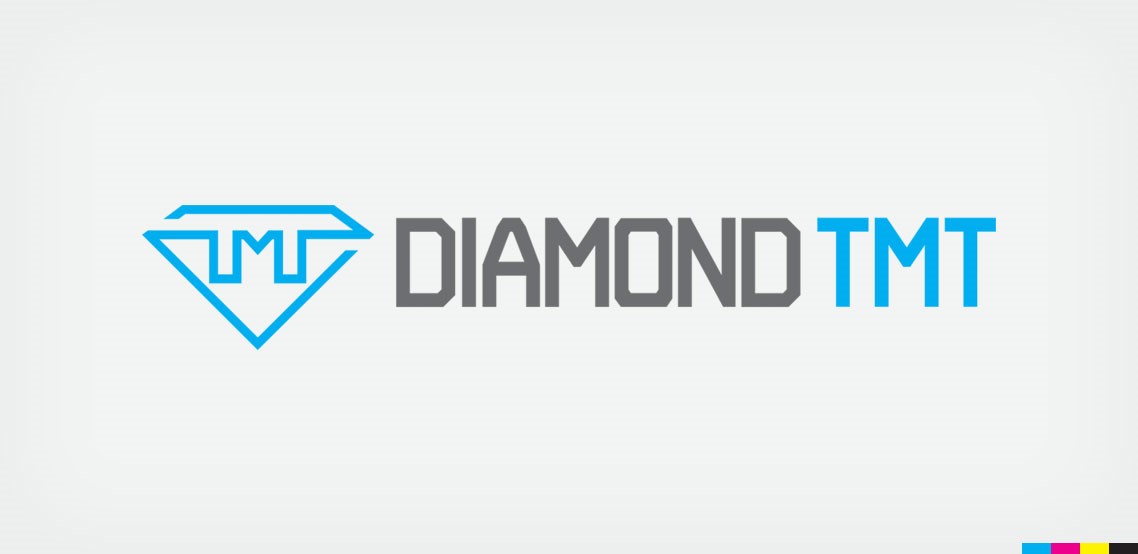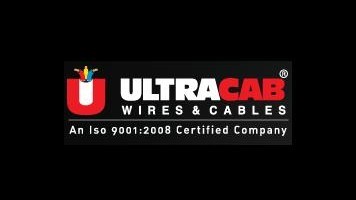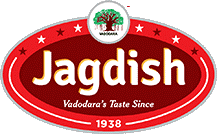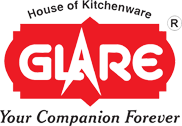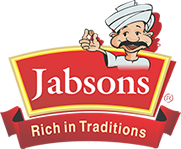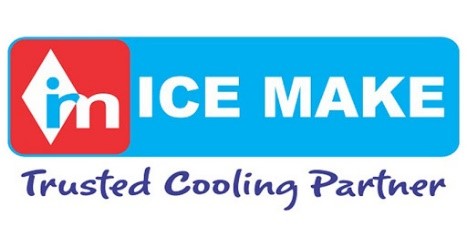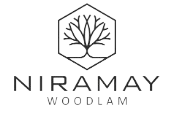Horlicks Ltd. &Anr. Vs. Heinz India Pvt. Ltd.
Citation: (2018) 9 SCC 183
Court: Supreme Court
Order dated: 17.12.2018.
Facts of the Case:
The plaintiff has filed the Suit against the first defendant for illegal disparagement of its goods. It is also the case of the plaintiff that the disparagement is being continued on the electronic as well as print media through the active cooperation of the other defendants.
The advertisement complained of runs on the following lines.
(i) The advertisement starts off by showing a school bus and kids rushing to get in to it. The TV advertisement first shows one school boy laughing, then shows two girls laughing and finally shows all the school children laughing at the attempt of one school boy hanging from the central bar in the bus apparently in a desperate bid to gain some height.
(ii) A smart school boy walks upto the boy hanging from the central bar in the bus who is being laughed at and ridiculed by all other school children. He is advised by the smart boy to ask his mother to give him Complan which is necessary for growing up (growing tall).
(iii) Two cups are then projected – one murky brown cup with ‘Brand H’ written thereon and the other pure and extra white cup with ‘Complan’ written thereon. In the background of the TV frame there is scale shown behind the murky brown cup of Brand H. A white coloured liquid is poured into the Brand H cup while a brown coloured liquid is poured into the white colored Complan cup. There is a visual depiction of the Complan cup growing in height and becoming almost double the height of the Brand H cup, which registers nil growth.
(iv) While this visual depiction of extra growth is being shown for the Complan cup as compared to the Brand H cup, there is a voice over which strongly and emphatically claims that Complan has 100% more milk protein than Brand H ……23 vital nutrients that give extra growing power.
(v) The advertisement proceeds to show the same boy, who had been previously hanging on the central bar of the bus, laughing and vaving his hand. He is asked by the same smart boy as to whether his mother has started giving him Complan. He replies in the affirmative and compares the increase in his height to his friend and finds that he is as his friend. He proudly declares that he too now was a Complan boy.
(vi) The Complan TV advertisement ends on the note ‘Complan, extra growing power, enjoyable taste’.”
The Plaintiff claims that Brand ‘H’ in the advertisement is intended to suggest to the viewers that it refers to the plaintiff’s drink ‘Horlicks’. This advertisement also reveals that the intention of the defendant No. 1 is to disparage ‘Horlicks’ as the health food drink by making statements that ‘Horlicks’ is a low quality drink and does not have extra growing power which ‘Complan’ has. The advertisement amounts to malicious falsehood and slander of ‘Horlicks’, a rival product of ‘Complan’.
On the other hand, the defendant No. 1 claims that no cause of action has arisen in favour of plaintiff and against the respondents/defendants in the suit consequently the interlocutory petition was liable to be dismissed. The plaintiff is not entitled to claim any relief against the right of the respondent No. 1 to carry on its business. The relief prayed for by the plaintiff is in violation of right of freedom and expression as guaranteed under the Constitution of India. The defendants claim that the advertisement correctly depicts that the product ‘Complan’ contains 100% more milk protein than Brand ‘H’. It is also stated as a fact that milk protein gives growing power. It is also correct that ‘Complan’ has 23 vital nutrients and it is also correct that ‘Complan’ has growing power and enjoyable tastes. Thus, growth sequence does not disparage the production of ‘Horlicks’ in any manner whatsoever. The advertisement gives true and correct information with regard to the product of respondent No. 1. This apart the entire case set up by the plaintiff has been denied and it is disputed that there is any suggestion that growth is only due to milk protein to the exclusion of all other factors. The respondent stresses the importance of milk protein as an important body building material. It is stated that protein which is available in foods like milk, meat, fish etc. or higher quality than vegetable proteins for growing of children and women during pregnancy and lactation protein requires are greater and, therefore, it is desirable to consume a combination of foods. The source of animal protein for growing children is milk. Therefore, milk has to find a permanent place in any balanced diet, particularly, in a vegetarian diet to provide good quality protein, sufficient calcium and riboflavin. In support of this assertion, the respondents also relied upon number of expert groups including Indian Council of Medical Research (ICMR).
Issues:
1. Can a limited amount of disparagement be used in Comparative Advertising?
2. How to determine whether a certain advertisement is misleading?
3. Can “per serving” size be a valid ground for Comparison and can is it necessary for the advertiser to compare all the features of product in Comparative Advertising?
4. Can advertisement be protected under Article 19 (1) (a) of the Indian Constitution as a form of speech?
Judgment:
The Court relied on the judgment on Havells India Ltd. &Anrv. AmritanshuKhaitan&Ors. which said that in comparative advertising a certain amount of disparagement is implicit, yet the same is legal and permissible as long as it does not mislead. The Court also relied on the judgment in Colgate Palmolive Company &Anr. Hindustan Uniliver Ltd which said that the comparison which is unfavorable to the competitor does not necessarily mean that it is dishonest or unduly detrimental. In comparative advertising, a certain amount of disparagement is implicit and as long as the advertisement is limited only to puffing, there can be no actionable claim against the same.
The Court also held that the concept of “per serving” size is well recognised not only by the Industry but also under the statute. The court observed that the advertisement compares a material, relevant, verifiable, representative feature of the products in question and is true and the contention of the plaintiff regarding the serving size is prima facie incorrect as the defendants have not altered the same since the year 1934.The defendant is not obliged to compare all parameters. The court observed that the objective of sections 29(8) and 30(1) of the Trade Marks Act, 1999 is to allow comparative advertising as long as the use of competitor’s mark is honest. A failure to point out competitor’s advantages is not necessarily dishonest. The court also relied upon Chapter IV of the ASCI (The advertising Standards Council of India) which specifically deals with Comparative advertising. The Court also went into the analysis of misleading advertisement and stated that two essential elements should be satisfied to call an advertisement misleading 1.The misleading advertisement should deceive the persons it is intended for 2. Such advertisement is capable of influencing the economic behavior of the persons it is intended for or harm a competitor.
In the Present case, the Court held that there was no disparagement of the Horlicks mark, as there were clear differences between both the products. It was of the view that the impugned Judgment is not violative of the previous order passed by ASCI. The Court also held that the Judgment in K.S. Puttaswamy&Anr. Vs. Union of India is not applicable to the present case because right to privacy cannot be claimed for information which is already in public arena.







